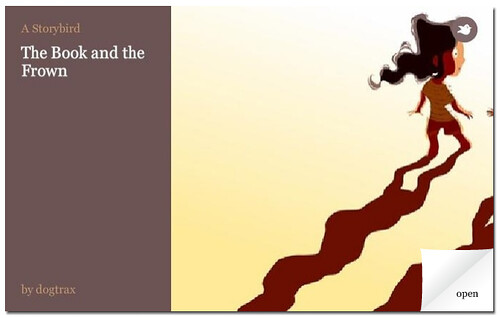This week, I posted a review of the new Comic Application ComiXology for the iPhone/iTouch over at The Graphic Classroom. (See the review yourself — mostly positive).
Last week, I was quite interested in an article in The New Yorker about the Kindle eReader. The Kindle has been on my radar screen but I could never get up the nerve to spend that much money on a device that works only with Amazon and for Amazon eBooks. It didn’t make sense to me. The article by Nicholas Baker (read it yourself, if you want) is an interesting take on reading with an eReader and it calls into question a lot about the design of the Kindle and what is lacking. (What he doesn’t mention is that Apple is about to get into the eReader business, so Amazon better watch out).
Baker notes that you can get a pretty good reading experience from an application right on your iPhone or iTouch, so I of course had to give it a try with Stanza. This application is pretty good, I have to say, and I spent a long morning waiting for some car work to get done reading a free collection of short stories called Magic for Beginners by Kelly Link (a local author, it turns out).
I was immediately lost in the book, and not in the device or application, and that says a lot, doesn’t it? We want our technology to be seamless and invisible.
Stanza has access to a variety of book depositories — some have free books for download, some provide books that are for purchase — and the application turns the page when you touch the side of the screen. The resolution is pretty decent and you can even change the background and text colors, and fonts, so there is plenty you can do to make it fit yourown needs. The screen, of course, is small, but I didn’t feel as if that hindered my reading of a story about a 24-hour convenience store on the edge of chasm visited by Zombies (you read that right!).
I also downloaded a bunch of books for my upcoming week in Maine, including some children’s books, although whether the battery in my iTouch will hold out for long periods of reading, I don’t know. But, no matter, my primary reading material will still be paper books. The technology is making progress, but it still doesn’t beat the feeling of hanging out in a chair, book draped open to a page, lost in literary thought.
Not yet, anyway.
Peace (in the book),
Kevin



